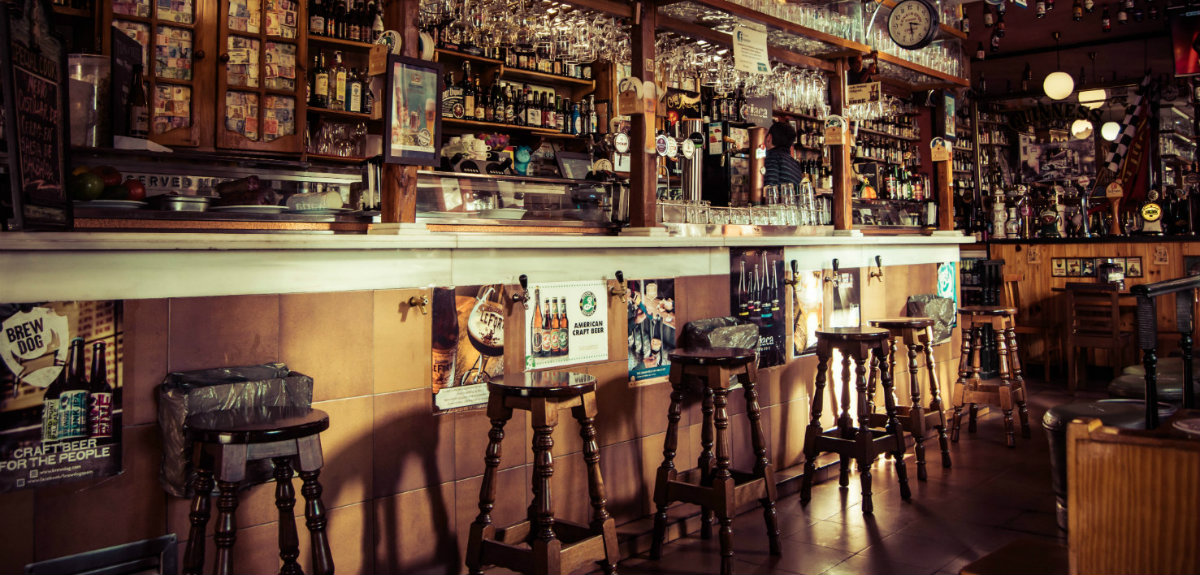
Every restaurant needs to be prepared for an emergency. To have an effective emergency plan and safety procedures you need to know the types of threats your restaurant is vulnerable to. But even after completing a risk assessment for your building and creating detailed safety procedures, you still have to make sure that the plan can be executed in the moment of truth. In order to get the most out of your emergency safety procedures, be sure to that you take the following advice to heart.
Perform effective drills
It is important to keep up to date on emergency preparation. The restaurant industry has changed a lot in the last 10 years, and that has demanded changes that could leave some security planning outdated. Updated floor plans, seating arrangements and server training can all affect an emergency plan. Or at least it should. Your planning should be specific enough that changes to any of these variables will need to be addressed. In order to know if your strategy is too vague or outdated, you need to test it.
Emergency procedure drills should be run with some level of frequency. And if things about the restaurant change, drills need to happen as soon as possible. These drills can be run before opening, or after closing, so customers and daily operations are not affected. The key to making these drills effective is to take them seriously.
Make sure to:
- Check doors to make sure they are opening properly
- Test lights to see if they are secured and providing the necessary visibility
- Check tables for stability
- Make sure decorations and art are not in danger of falling
The way to prevent security fatigue with your employees is to make sure that the drills are structured so everyone has a purpose and that things move quickly. Give everyone a task that has to be completed. No busy work. If there is not a sense of urgency or necessity, people will begin to disregard these drills, and that will leave everyone vulnerable in the event of an actual emergency.

Guarantee ease of leaving
In the restaurant space, it is important to differentiate yourself from the competition and to create a look and feel for your restaurant. This ambiance, however, should never come at the expense of the ability for customers and employees to exit the restaurant during an emergency. Statues, decorations, and booths meant to give privacy or add to an aesthetic need to be considered for their potential to become an obstacle or hazard during an emergency. But so does your crowd size and shape during big events like a bar on the day of the big game.
People should have a clear path to leave the building.
If your staff is having a hard time navigating the room, think about what that means for the ability of diners to safely exit the restaurant in a state of panic.
There are fire code laws and occupancy restrictions, but you need to reinforce practical restrictions just as much as you need to enforce the law. You also need to make sure that doors are all working properly.
This is not restricted to the main entry door or emergency exits. Those, of course, should always be in working order, but many people forget about the importance of the restaurant bathroom. There is a lot of damage that a bathroom door, or stall door, that is not functioning reliably can do. During an emergency, if a door lock is jammed, or the door does not open in a reliable and consistent manner, this is very dangerous. People can misuse and make mistakes with perfectly working doors in emergency situations, so having a malfunctioning door adds an unnecessary and potentially life threatening obstacle.

Have clear customer communication
Most restaurants are likely to have customers in the building during an emergency situation. These are people that have not been trained on your safety protocols and do not know how to properly evacuate the restaurant. In order to keep everyone safe, it is extremely important to be able to communicate your emergency safety procedures to your patrons. For that reason, a plan that is intuitive works best. If you can rely on simple protocols, it will reduce the risks of misunderstandings and potential harm.
Employees should interact with customers during an emergency by:
- Clearly and calmly telling diners if there is a need to stay put or evacuate
- Directing the flow of traffic toward the exits
- Visually confirming that everyone is behaving as needed
A restaurant needs loyalty to survive, but no matter how regular your customers are, training them on your emergency safety procedures isn’t possible. What you do is advertise the safety procedures with signs that inform them of where to go. Exit signs that point toward a direction in a hallway and hang over doors. Doors that cannot be used during an emergency will also benefit your communication when they have the proper signage.
Proper signage includes:
- Clearly marked exits
- Directions to indicate non-visible exits
- Clearly labeled locked doors

Restaurants need to consider the safety of everyone that is serving or eating in the establishment. Beyond creating a great safety plan, you need to make sure that it is going to be executed properly. If your planning is not fully tested and properly practiced, you can’t be sure that you are providing everyone in your restaurant adequate protection.

News you care about. Tips you can use.
Everything your business needs to grow, delivered straight to your inbox.


